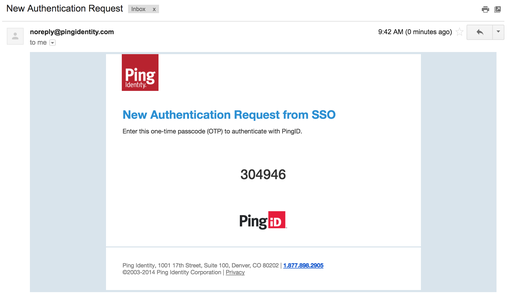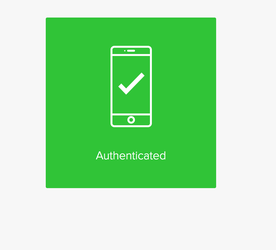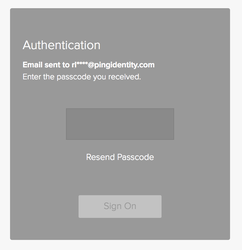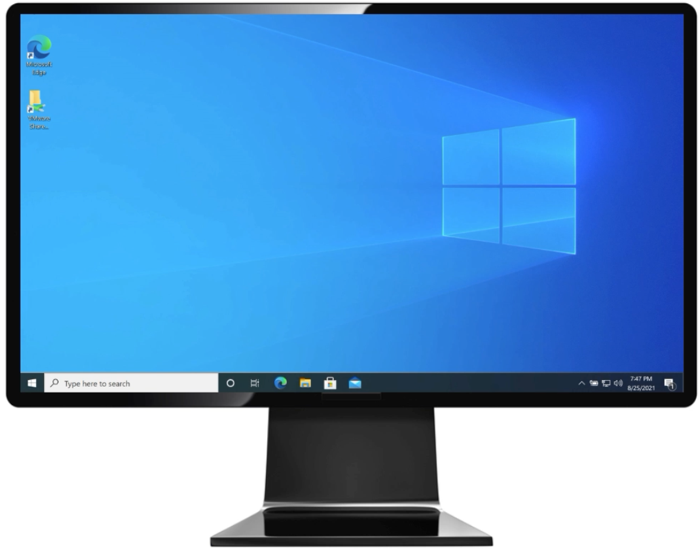Authenticating with PingID using email
Get an email with a one-time passcode (OTP) that you can use to authenticate securely with PingID.
Before you begin
-
Pair your device with your account to enable authentication. For more information, see Using email for authentication with PingID.
About this task
If your organization allows it, you can use a hardware token to access your account using a web browser, to access your company’s VPN, or to access a Windows login or Mac login machine.
-
Web
-
VPN
-
Windows login
-
Mac login
Authenticating using email
Authenticate for your account or app through your email.
Steps
-
Sign on to your account or an application that requires authentication.
Result:
The Authenticating window appears. You receive an authentication passcode by email.

-
In the Authentication window, enter the passcode. Click Sign On.

If you need to generate a new passcode, click Resend Passcode.
Result
The green Authenticated message appears with a check mark, indicating authentication is successful, and your access is approved.

Authenticating using email (VPN)
After you set up email authentication for web, you receive a OTP through email to use to authenticate to your VPN.
About this task
Use your email to receive an OTP to authenticate to your VPN.
Steps
-
From your web browser or application, sign on to your VPN:
-
Enter your username and password.
-
For multiple devices only: A message displays showing a numbered list of all your devices. Enter the number for email.
-
Click Sign In.
Result:
You receive an email with your OTP.

-
-
In the text entry field, enter the OTP from step 1. Click Sign In.
Result:
After your authentication is successful, you are signed on to your VPN.
Authenticating using email (Windows login)
After you set up email authentication for Windows login, you can receive a OTP through email to use to authenticate.
Steps
-
Sign on to your Windows machine.

Result:
The Authenticating window appears. You receive an authentication passcode by email.
-
In the Authentication window, enter the passcode. Click Sign On.

If you need to generate a new passcode, click Resend Passcode.
Result
The green Authenticated message appears with a check mark, indicating authentication is successful, and your access is approved. You are signed on to your Windows machine.


Authenticating using email (Mac Login)
Use an email passcode to authenticate when you sign on to your Mac machine.
Before you begin
Make sure:
-
Your Apple Mac is running Mac OS 10.13 or later.
-
You have paired your email.
Steps
-
Sign on to your Mac machine.
Result:
You’ll see the Authenticating window and you’ll receive a passcode by email.

-
In the Authenticating window, enter the passcode and click Sign On.

If you need to generate a new passcode, click Resend Passcode.
Result:
You’ll see the green check mark indicating authentication is successful.

Result
You’re signed on to your Mac machine.
